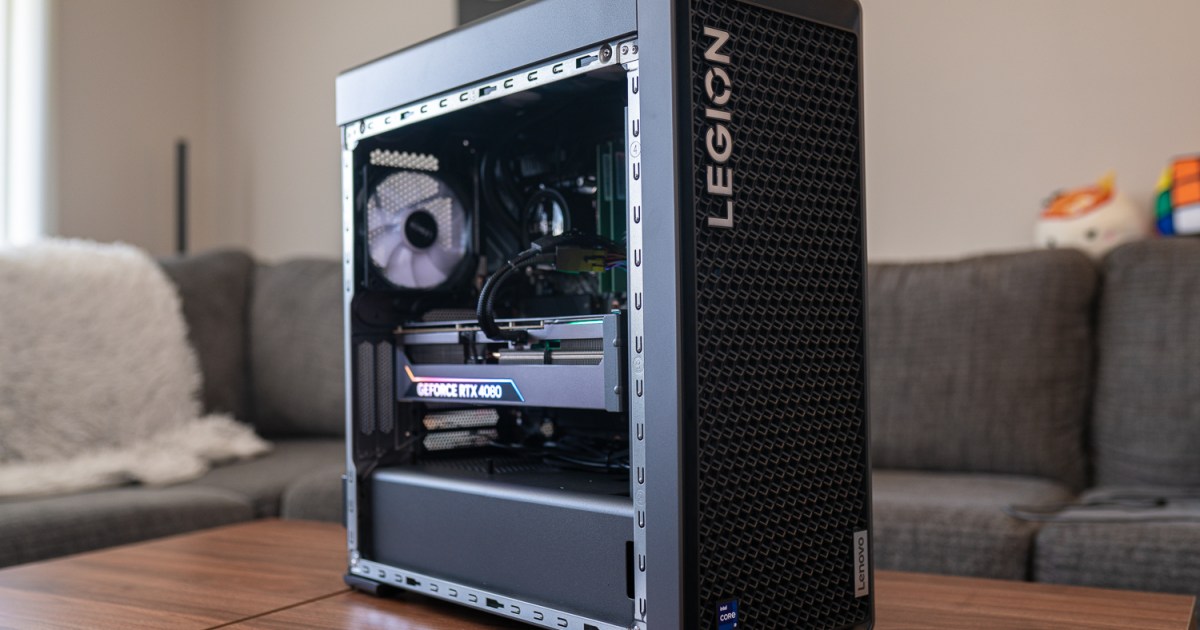[ad_1]
For its 2024 second-quarter filing, Nutanix reported revenue of $525m, with annual contract value rising 23% to $330m, while recurring revenue grew 26% to $1.74bn.
The company’s president and CEO Rajiv Ramaswami recently discussed the huge opportunity Nutanix sees in the future: “With VMware now acquired by Broadcom, there’s been a lot of action over the past three to four months. There is a long-term multiyear opportunity for us to win new customers and gain share.”
Ramaswami noted that Broadcom’s pricing strategy may encourage some existing VMware customers to swap out ESXi, the VMware hypervisor. He said: “Broadcom has raised prices and redone the channel programme. They’ve reduced the number of SKUs [stock taking units] and are subscription only.”
He claimed that the vast majority of VMware’s 200,000 customers only run ESXi. Not only has Broadcom dropped traditional licensing in favour of per core based subscriptions, he said: “Now they have to go all the way to VMware Cloud Foundation, so that’s a pretty big jump. Many customers are happy running vSphere, but VMware Cloud Found is being forced [on them].”
To entice such customers, Nutanix unveiled a promotion aimed at customers new to Nutanix who want to migrate from VMware. The promotion would give one year of Nutanix licensing free and deployment and migration services for migrating workloads running on VMware vSAN or ESXi. IT decision-makers opting for the Nutanix promotion need to commit to a three-year subscription with a minimum value of $100,000 per year and agree to be a Nutanix customer reference.
Unlike Broadcom’s subscription bundle for VMware, Ramaswami said: “We’ve got three tiers: standard, pro and ultimate. Customers can choose to attach or not attach our cloud management offerings, but we are not trying to force them to do that.”
IT architectural challenges
However, while Nutanix does offer an alternative hypervisor called Acropolis Hypervisor (AHV), an IT decision-maker considering using it as an ESXi replacement will face several barriers. The systems that have been virtualised with ESXi have evolved over many years from traditional three-tier architectures, which separate server and storage infrastructure.
Nutanix is known as a company that specialises in hyperconverged infrastructure, which combines the server and storage tiers. “Today, the hypervisor does not work with three-tier storage,” said Ramaswami. “It’s basically part of the platform. You have to do an HCI migration, then you get the Nutanix hypervisor as part of that.”
Ramaswami said that this means it is not possible simply to replace VMware with the Nutanix hypervisor and then connect to existing storage arrays. Nutanix is not, as Ramaswami puts it, a “pure play” hypervisor company: “Our strategy has been to convert customers entirely over to a modern infrastructure using HCI. And as part of that, they can decide if they want to migrate from ESXi to our own AHV.”
Out of Nutanix’s 25,000 customers, he said 70% of their workloads use the Acropolis hypervisor: “Almost all of them were running on VMware ESXi at some point, so our strategy has worked.”
But he added: “Until recently, it didn’t make sense for us to do a hypervisor-only solution because people wouldn’t want to replace the VMware hypervisor. It never made sense for us in the past. Now of course, with this door opening with VMware/Broadcom, perhaps it makes sense and this is something we’re looking at.”
However, Ramaswami believes that if Nutanix were to offer just a standalone hypervisor, it would be “almost like taking a step backwards”, saying the company would need to collaborate with enterprise storage array providers to ensure the Nutanix hypervisor would work: “The people who are making storage probably would not be very interested in collaborating with us, as we offer an alternative with HCI.”
Nevertheless, Ramaswami does not discount the idea of developing a standalone Nutanix hypervisor, adding: “This is something that we keep thinking about and we’ll have to look at the market opportunity.”
IT organisations have to manage technical debt and while HCI may offer a more modern approach to building out the hardware needed to run applications, IT decision-makers need to weigh up the risks and costs of migrations. Where enterprise storage is nearing end of life, Nutanix may offer a compelling alternative, but its current technology takes a different approach to VMware.
Ramaswami said the company would continue to monitor market trends and the opportunity presented by having a VMware ESXi replacement. But there are no guarantees it will ever develop one. Until then, the company’s VMware promotion, which includes migration support, is perhaps the only realistic option available to IT decision-makers planning a move off ESXi to Nutanix.
Maqvi News #Maqvi #Maqvinews #Maqvi_news #Maqvi#News #info@maqvi.com
[ad_2]
Source link












































